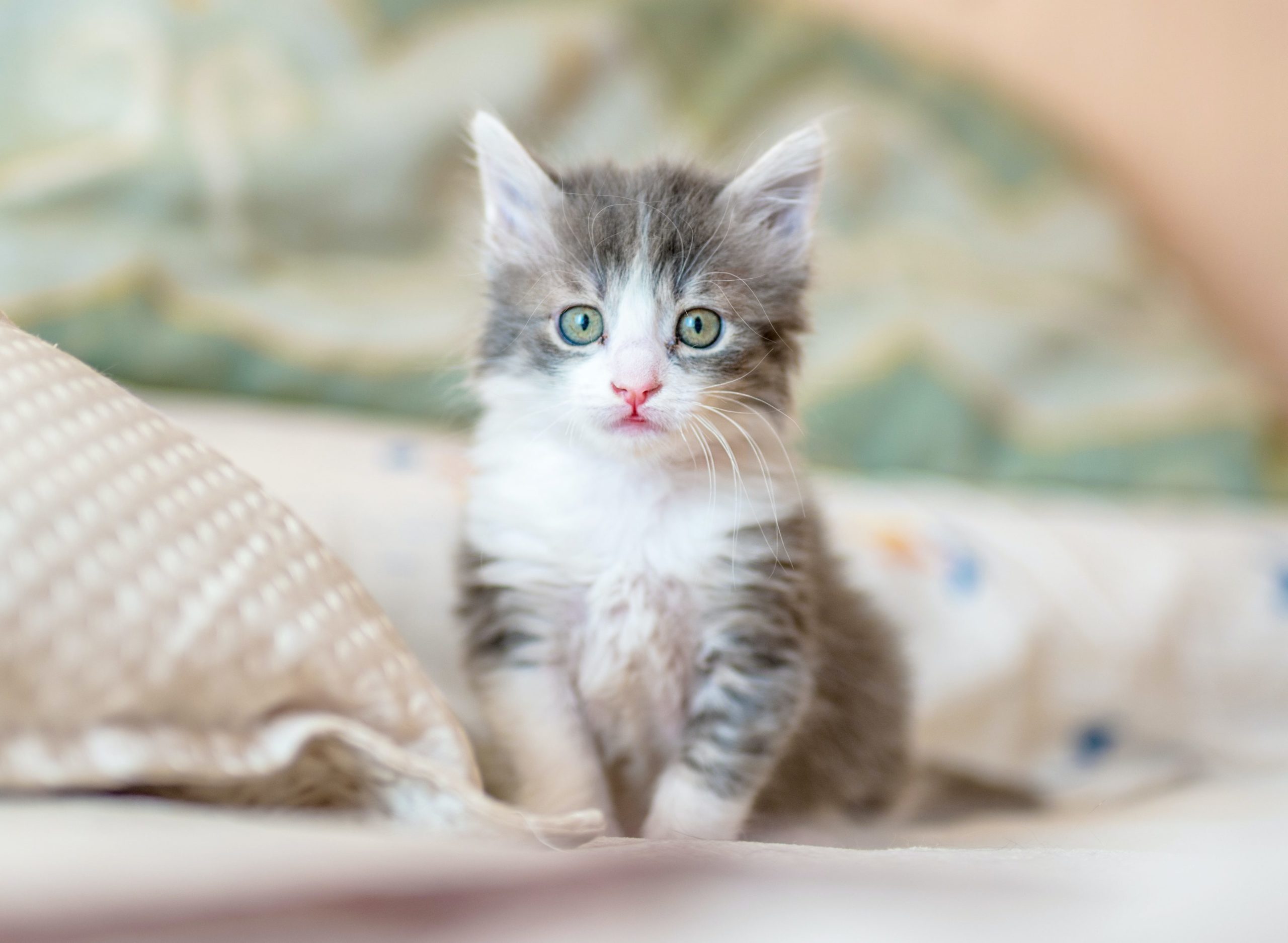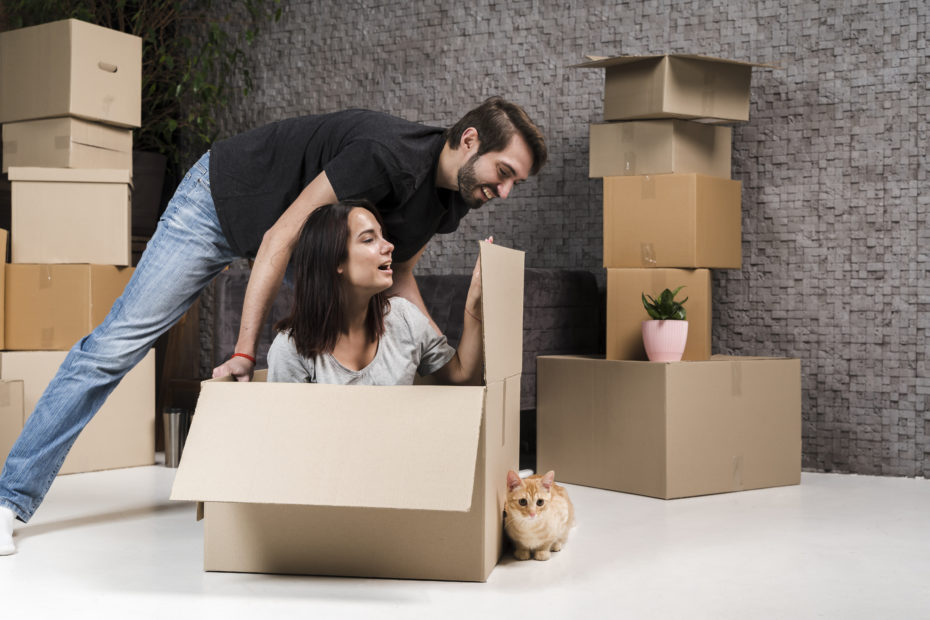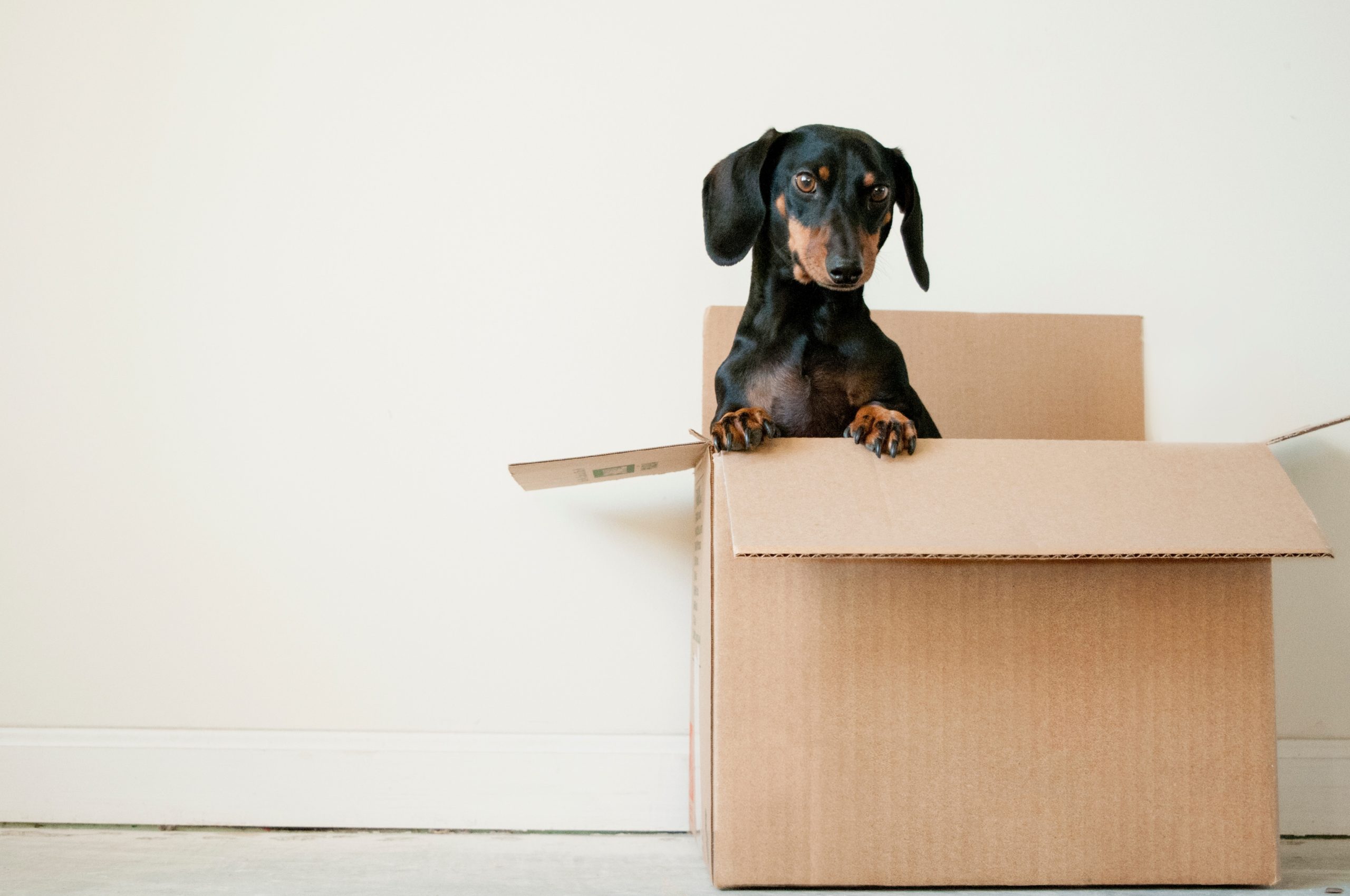For us, as for our pets, a move is never a trivial event. It constitutes a change of environment and leads to a loss of habits acquired in the previous place of living. Cats, in particular, are very sensitive to stress and change.
PlanYourMove and Animalia offer you here several keys to spend this moment in the best possible way.
How do you explain the stress of moving?

A move represents a change in the place of residence and the habits acquired over the months or even years spent in the home. The cat is thus forced to abandon its familiar environment, its places of retreat and security and its territory marked by its pheromones. Being territorial animals and attached to hierarchy, cats usually have well-defined external territories. A move requires the animal to reorganise its territory with the cats in the neighbourhood of its new home.
The change of environment due to the move can be more or less brutal for a cat. Moving from a house with a garden to a flat with no access to the outside is obviously a source of immense stress that one must be aware of.
How does a cat express this stress?
Lors de l’arrivée dans le nouveau logement, le chat passe en général toute sa première journée à explorer l’ensemble des pièces de l’habitation. It scans the area and locates possible hiding places and high places where it might feel safe. If he has access to the outdoors, he must also take the time to get used to his new neighbors. He will therefore have to get to know dogs or cats.
After the first few days, some individuals feel at ease at home; while others experience the situation much more difficult. A cat having trouble adjusting to its new home will tend to permanently hide, growl or hiss when someone approaches it. It may happen that he presents a loss of form, makes urine and stools outside the litter box.
What can be done about it?
When moving, it is essential to proceed in stages to minimise stress to the animal. First of all, it is important that all work and furniture arrangements are completed before the cat is brought into the new home. On its first visit, it is essential to let the cat explore the area at its own pace, without ever forcing it.
It is advisable to leave his carrier open in the room with the most of his things so that he feels safe. Keeping the pet’s old belongings, such as the basket, litter box and bowls, is also essential so that the cat can find its bearings. Maintaining old habits from the old home, such as mealtimes, play and affection, makes it easier for the cat to get used to the new environment. Finally, enriching the environment with cat trees or various hiding places greatly contributes to a cat’s adaptation to its environment.
After a move, it may take several weeks or months for the cat to adapt to its new environment. Patience and tolerance for the cat’s various expressions of stress are required. Soothing feline pheromone diffusers can help some cats under severe stress.
In some complicated situations, such as moving from a house to a flat, the cat may never adjust. In this case, for the sake of the animal, it may be wise to consider adoption by a home that can meet its needs.

This article is offered to you in partnership with Animalia, the number 1 in dog and cat insurance in Switzerland. Animalia offers you convenient services so that all you have to do is love her.



